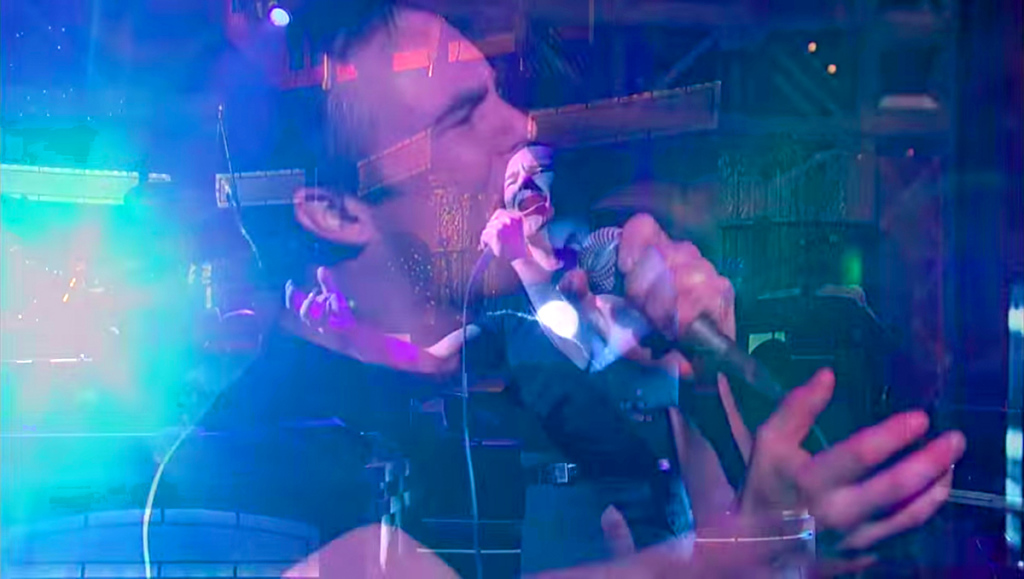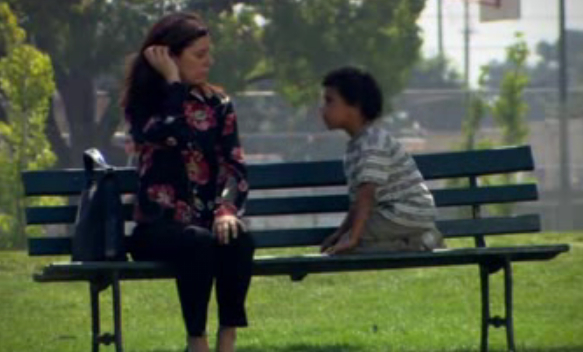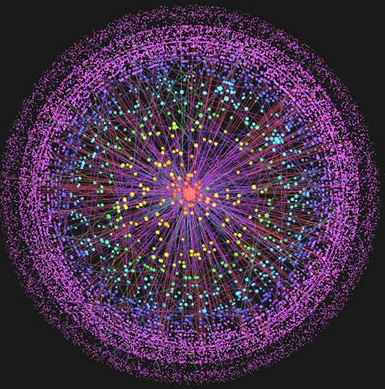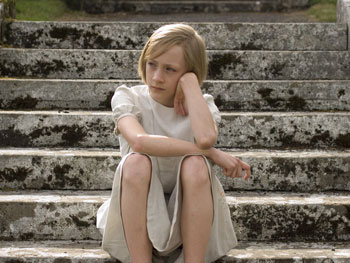The Oscillating Zombie
The pop-culture zombie creates a compelling analytical framework for viewing the shifts and usurpations within competing cultural theories and artistic movements. The zombie process of life–death–rebirth suggests that even what dies will eventually come back to haunt us, and its rebirth inscribes a new way of understanding the previous life-death dynamic. For instance, in the …






